The pineal gland: a structure that has fascinated medical doctors, philosophers and mystics alike.
I. A mysterious journey of discovery across the millennia
The pineal gland, a pea-sized organ located deep in the brain, has been a special vehicle for the fusion of Eastern and Western wisdom since ancient times. Ancient Roman physician Galen discovered this pinecone-like structure during his dissection and gave it the magical mission of regulating life energy; the "Naiwan Gong" recorded in the Taoist text "Huangting Jing" of the Tang Dynasty has long predicted the extraordinary status of this gland; the melatonin secretion function revealed by contemporary science provides a material bridge connecting heaven and earth's energy. The function of melatonin secretion, revealed by contemporary science, provides a material explanation for this bridge between heaven and earth.
1. Ancient Roman period
The earliest description of the pineal gland and its possible functions is found in the 8th anatomical work of Claudius Galenus (ca. 130-ca. 210 CE): On the usefulness of the parts of the body. He explains that its size and shape are similar to the seeds of the stone pine, hence its name. It is called a gland because of its shape, and its function is the same as that of the glands in other parts of the body, that is, to support blood vessels. In order to understand Galen's exposition the following two points should be understood:
1. Galen referred to the bilateral lateral ventricles as the anterior ventricles, the third ventricle as the middle ventricle, and the fourth ventricle as the posterior ventricle;
2. Galen believed that the cerebral chamber was filled with "psychic pneuma", an elegant, amorphous gas-like or vapor-like substance, which is the first instrument of the human soul.
Note: Trinitarianism makes a distinction between the soul Soul (psyche) and the spirit spirit (pneuma); no distinction is made in dualism:
"Soul" refers to both the invisible and the visible side of man, which is called Psyche in Greek, and all animals, including man, have a body and a soul. "Spirit" spirit, called pneuma in Greek, is the same as wind and breath. The difference between man and animals is that man has a body and a soul as well as a spirit, which is the spiritual side given to man by God, and man communicates with God through his spirit.
2. The period of the Byzantine Empire
Posidonius of Byzantium (late 4th century): imagination originates in the front of the brain, reason in the middle of the brain, and memory in the back of the brain.
Nemesius of Aimesha (c. 400 CE): imagination originates in the anterior ventricles, reason in the middle ventricles, and memory in the posterior ventricles. The latter theory lasted until the mid-16th century, although there were many variants, the most important one coming from the Arabian medical doctor Avicenna (980-1037 CE), who constructed a unique theory by projecting the distinctions between mental functions articulated in Aristotle's "Treatise on the Soul" on to the system of cerebral ventricles.
3. The Middle Ages
Qusta ibn Luqa's (864-923) treatise, "The Soul and the Spirit", combines the teachings of the position of the Nemesiyah ventricles with Galen's theory of the worm-like part of the brain between the middle and back ventricles, which controls the souls of the animals, stating that a person, when he remembers, looks upward, raising the worm-like part of the brain, opening the passageway and recovering the memories from the back ventricles; on the contrary, a person looks downward when he thinks, so that the "spirit" is protected in the middle ventricles and not disturbed by the memories in the back ventricles. On the contrary, when one thinks, one looks downward, so that the worm-like part of the brain closes the channel and protects the "spirit" in the midbrain ventricle from the memories in the posterior ventricle. This theory was very influential in Europe in the 13th century.
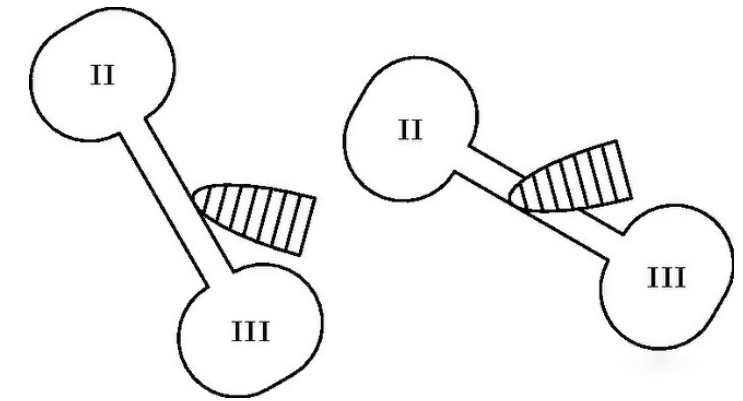
In later medieval texts, the term "pineal gland" was used to refer to a "worm-like" valve, thus returning the idea that the pineal gland regulates the flow of "spirits", a view with which Galen certainly disagreed. This view, with which Galen must have disagreed, is compounded by Mondino dei Luzzi's (1306) view that the choroid plexus in the lateral ventricles is the "worm" that opens and closes the passage between the anterior and middle ventricles. "The term "worm" could thus refer to at least three different parts of the brain in the late Middle Ages: the cerebellar vermis, the pineal gland, and the choroid plexus.
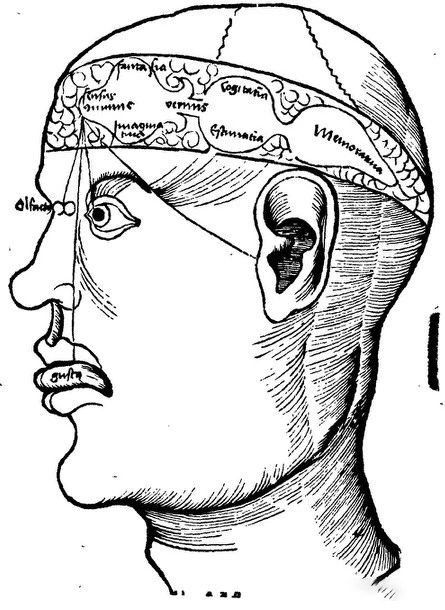
4. Renaissance
In the early 16th century, there were great advances in anatomy, at least two of which are important from our point of view: first, Niccolò Massa (1536) discovered that the ventricles of the brain were not filled with gas or vapor-like "souls," but rather with fluid (cerebrospinal fluid); second, Andreas Vesalius (1543) rejected all the theories of the location of the ventricles and the consequent theory that the choroid plexus, pineal gland, and cerebellar vermis could regulate the flow of souls within the ventricles.
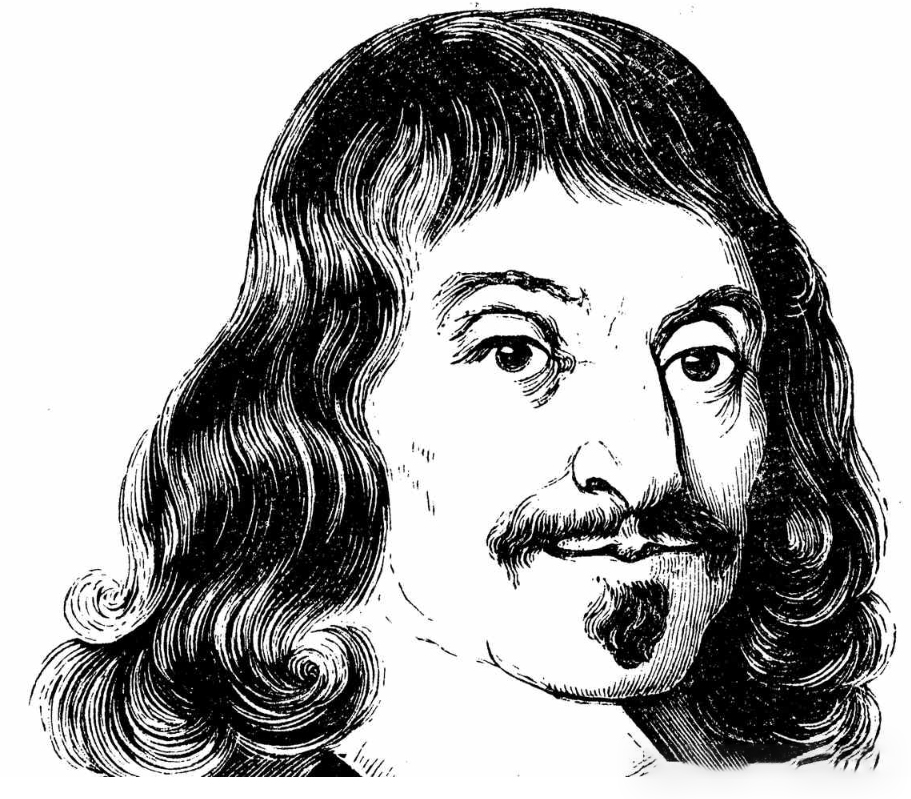
Focusing on Descartes' views on the pineal gland: René Descartes (1596-1650) is familiar to modern people for his contributions to mathematics and philosophy. That's right, he once said
--I think therefore I am.
He was.
--Invented coordinate systems and created analytic geometry.
But he also had a keen interest in anatomy and physiology. Discussions of the pineal gland appear in his first book, Treatise of man, in letters written between 1640 and 1641, and in his last book, The passions of the soul.
①. Treatise of man.

In this book Descartes portrays man as a combination of body and soul created by God, and that man's "body" is merely a machine "I suppose the body to be nothing but a statue or machine made of earth, which God forms with the explicit intention of making it as much as possible like us" - I suppose the body to be nothing but a statue or machine made of earth, which God forms with the explicit intention of making it as much as possible like us". I suppose the body to be nothing but a statue or machine made of earth, which God forms with the explicit intention of making it as much as possible like us" - I suppose the body to be nothing but a statue or a machine made of earth, which God forms with the explicit intention of making it as much as possible like us. I believe that the body is nothing but a statue or machine made of earth, which God forms with the explicit intention of making it as much as possible like us. The mental and physical activity of the "body" in scholastic philosophy is called the "soul". The pineal gland plays an important role in Descartes' theory because it is included in the production of sensation, imagination, memory, and movement. Unfortunately, some of Descartes' basic anatomical and physiological assumptions were wrong, both by the perception of the time and by today's standards. First, Descartes believed that the pineal gland was suspended from the middle ventricle, when in fact this was not the case, as Galen had long ago pointed out. Second, Descartes thought that the pineal gland was filled with "souls" which were transported by the small arteries that surrounded it, whereas Galen had already pointed out that the pineal gland was surrounded by veins. Thirdly, Descartes describes the "animal soul" as "an ethereal wind, or an active and pure flame" that fills the ventricles of the brain like the wind rushing against the sails of a ship, but 100 years earlier Niccolò Massa had described the "soul" as "the soul of the animal" that fills the ventricles of the brain. A hundred years earlier Niccolò Massa (1536) had pointed out that the ventricles of the brain were not filled with gases, but with liquids. In addition, Descartes' description of bodily movements is as follows: there are two types of bodily movements, one triggered by the movements of the pineal gland and the other by reflexes ("souls" are exchanged through channels between the two cerebral hemispheres, which distinguishes the modern anatomical notion of reflexes). The movement of the pineal gland is triggered by 1. the power of the "soul", 2. the "souls" wandering freely within the cerebral chamber, and 3. the stimulation of the sense organs.
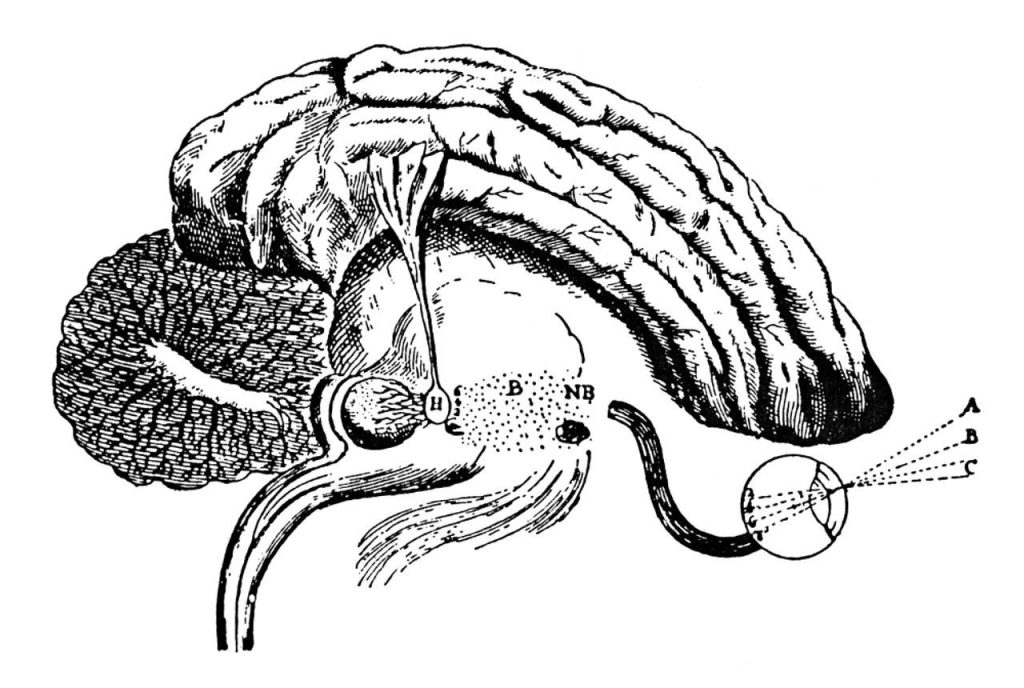
②. Letters of Descartes around 1640
My view is that this gland is the principal seat of the soul, and the place in which all our thoughts are formed. The reason he gives for this is: "I cannot find any part of the brain, except the pineal gland, which does not appear in pairs. The impressions that enter our eyes and ears are bound to converge in some part of the body before they are processed by the "soul," and no part of the body is more suitable than this gland. It is in the center of the cranial cavity, and offers possibilities for this purpose; it is surrounded by the infusion of the "spirit" from the branches of the carotid artery". And why is the pituitary gland not the abode of the soul, when "the pineal gland is small, light, and easily moved"? It is also not paired, "because the pituitary gland cannot be moved and is located outside the brain". With regard to memory Descartes said that "memory exists not only in the cerebral hemispheres, but also in the pineal gland and in the muscles", and that there is another form of memory that depends only on the "soul" and is completely rational.
③. The Passion of the Soul
This was Descartes' last published book, and it sets out his classic "mind-body dualism". This book describes the neurophysiology and neuropsychology of the pineal gland in much greater detail (although many of the ideas are ridiculous now, Descartes was a god in his day). The lower and higher parts of the "soul" often clash, and the small gland in the center of the brain (the pineal gland) can be pushed to one side by the "soul" and to the other side by the "spirit," which pushes the "spirit" to the other side. "The power of the Spirit to push the gland to arouse the desire of the Soul for something, and the power of the Soul to push the gland in the opposite direction by its will to avoid it, are the causes of this conflict. The reason for this conflict.
5. After Descartes
Descartes' neurophysiological view of the pineal gland was not widely recognized while he was alive, and the theory was almost universally denied after his death.Willis (1664): I cannot believe that this is the abode of the soul. Animals that seem to lack the higher faculties of the soul, such as imagination and memory, have larger pineal glands. Steensen (1669) pointed out that the anatomical basis of Descartes' assumptions was wrong, since the pineal gland is not suspended from the middle ventricle, nor is it surrounded by arteries, but by veins.
①. Scientific progress
As late as 1828, Magendie continued to support the theory, rejected by Galen and supported by Qusta ibn Luca, that the pineal gland is a valve that opens and closes the aqueduct. The study of the pineal gland did not change until the second half of the 19th century, beginning with the hypothesis by some scientists that the pineal gland is a vestige of phylogeny, a degenerate "third eye". Revised theories based on this still exist today. Secondly, some scientists hypothesized that the pineal gland was an endocrine organ, a theory that was largely established in the 20th century, and the first hormone secreted by the pineal gland, melatonin, was isolated in 1958, and in the 1990s melatonin was touted as a "cure-all," and went on to become one of the best-selling nutrients of all time.
②. Pseudoscience
Although the pineal gland has lost its status in philosophy, it is extremely prevalent in some pseudo-scientific fields. By the end of the 19th century, Blavatsky (author of the Tantric Teachings), the founder of Theosophy, linked the discovery of the "third eye" by the comparative anatomists of his time to the "eye of Shiva" practiced by "Indian mystics" and concluded that the pineal gland was this "organ of spiritual vision". The author of the Tantric Teachings linked the discovery of the "third eye" by comparative anatomists of his time with the "eye of Shiva" believed in by "Indian mystics", and concluded that the pineal gland was a remnant of the degeneration of this "organ of spiritual vision".
The Hindu doctrine of Kundalini, which states that the sixth of the seven chakras, the brow chakra, also maps the pineal gland, is also associated with Tantra and Yoga.
China's Taoism known as the mud pill palace, open the eyes of heaven also maps the pineal body. "Purple Qing refers to the Xuanji": "the head has nine palaces, the upper should be nine days, the middle of a palace, called the mud pill, also known as the yellow court, also known as the Kunlun, also known as the sky valley, its name is quite a lot." Cave true Taishang Daogun Yuan Dan on the scripture ":" head in the nine palaces: between the two eyebrows but into an inch for the Mingtang Palace, but into two inches for the cave Palace, but into three inches for the Dantian Palace, but into four inches for the flow of beads Palace, but into the five inches for the Palace of the Jade Emperor; Dantian Palace that is, the Mudball Palace, but also the location of the pineal body.
References Stanford Encyclopedia of Philosophy
II. The evolution of multiple identities in the long course of civilization
1. The Spiritual Hub of Ancient Greek Medicine
In The Functions of the Body, Galen revolutionized the idea that this structure, located at the top of the third ventricle, was not only the center of fluid regulation, but also the residence of the soul (pneuma). He divided the body into three energy channels - the arteries carry the "vital essence", the veins the "natural essence", and the nerves the "animal essence". "The pineal gland is the meeting point of these three systems.
2. The Energy Center of the Eastern Cultivation System
Taoist internal alchemy texts describe in detail the cultivation path of the "nine palaces of the mud pills": the "eye of heaven" between the two eyebrows corresponds to the area of the pineal gland in modern anatomy, and the "mud pills palace of the upper dantian," as described in the Huangting Jing, forms an energy matrix with the pituitary gland and the pineal gland. The "Mudball Palace of the Upper Dantian" described in the Huangting Jing forms an energy matrix with the pituitary gland and the pineal gland. The "sexual light manifestation" stimulated by meditation is essentially the activation of the light-sensitive function of the pineal gland through specific frequency vibrations.
3. The cognitive revolution of the Renaissance
Descartes proposed the astonishing "Pineal Soul Theory", which suggested that this "balance of the soul" could perceive the energy fluctuations of the universe. Despite errors in its anatomical positioning, it accidentally revealed the pineal gland's properties as a center of electromagnetic induction. Modern research has found that the bioelectric field of the human body does form a special focusing area here.
III. Modern science decodes ancient wisdom
1. Center for Biological Clock Regulation
Melatonin secreted by the pineal gland follows the rhythm of the sun and moon, and its concentration changes directly affect the quality of sleep. This coincides with the Yellow Emperor's Classic of Internal Medicine, which states that "when the yang qi is exhausted, one lies down; when the yin qi is exhausted, one is awake". Studies have found that staying up late can lead to calcification of the pineal gland, confirming the Chinese medicine warning that "not sleeping at midnight hurts the gallbladder and soul".
2. Emotionally regulated valves
Serotonin-melatonin conversion mechanism reveals the biochemical basis of mood swings. The phenomenon of "When the heart's qi is weak, it is sad; when it is real, it is laughing endlessly", as described in "Ling Shu - Ben Shen", is closely related to the function of the pineal gland in regulating the reuptake of 5-HT. Clinical evidence shows that patients with seasonal depression have significant improvement in symptoms after receiving pineal targeting therapy.
3. Extrasensory potential development
fMRI scans show that meditators' pineal blood flow increases by 300%, which is highly consistent with the Tantric experience of the "opening of the third eye". Quantum biology has discovered that the pineal gland has the ability to receive quantum signals, which provides a scientific footnote to the practice of "Observing the Way of Heaven, Performing the Acts of Heaven" in the Zhouyi Sen Tong Qi.
IV. Revelations on Health Care in Ancient and Modern Dialogues
1. The Meridian Flow Regimen
Following the law of "Yang Stilt Vein opens at Zi Shi", entering deep sleep at 23:00-1:00 can make the pineal gland efficiently secrete restorative hormones. Leng Qian of the Ming Dynasty emphasized in his "Essentials of Cultivating Ageing" that "closing one's eyes at night to nourish the mind and knocking on one's teeth in the morning to generate vitality", which is an ancient practice to activate the function of the pineal gland.
2. Light information conditioning
Morning sunbathing stimulates the pineal gland to reset the biological clock, corresponding to the wisdom of the Eight Notes of Zun Sheng, "When the sun rises, face east and exhale". The use of amber light at night, mimicking the melatonin-friendly spectrum of a candlelit dinner, is a modern response to the ancient warning that "sleeping with a brightly lit lamp depletes the yang".
3. Energy resonance training
The Taoist technique of "five qi towards Yuan" requires that the Hundred Meetings Point be guarded, and modern research has found that there is an electromagnetic resonance between this area and the pineal gland. Through specific frequency acoustic stimulation (432Hz) with sandalwood incense, it can enhance the activity of the pineal gland, realizing the health effect of "returning essence and replenishing the brain" as described in the book "Holding Parker's Tale".
Conclusion: the key to life that connects celestial beings
From the aura channel in Galen's time to the energy nodes of modern quantum biology, the pineal gland has always carried mankind's ultimate quest for the essence of life. As we analyze its molecular structure in the laboratory, we are also rediscovering the mysteries of life predicted by the Huangting Jing. This bridge of wisdom spanning thousands of years reminds us that the true way of health and wellness is always based on reverence and obedience to the laws of nature.

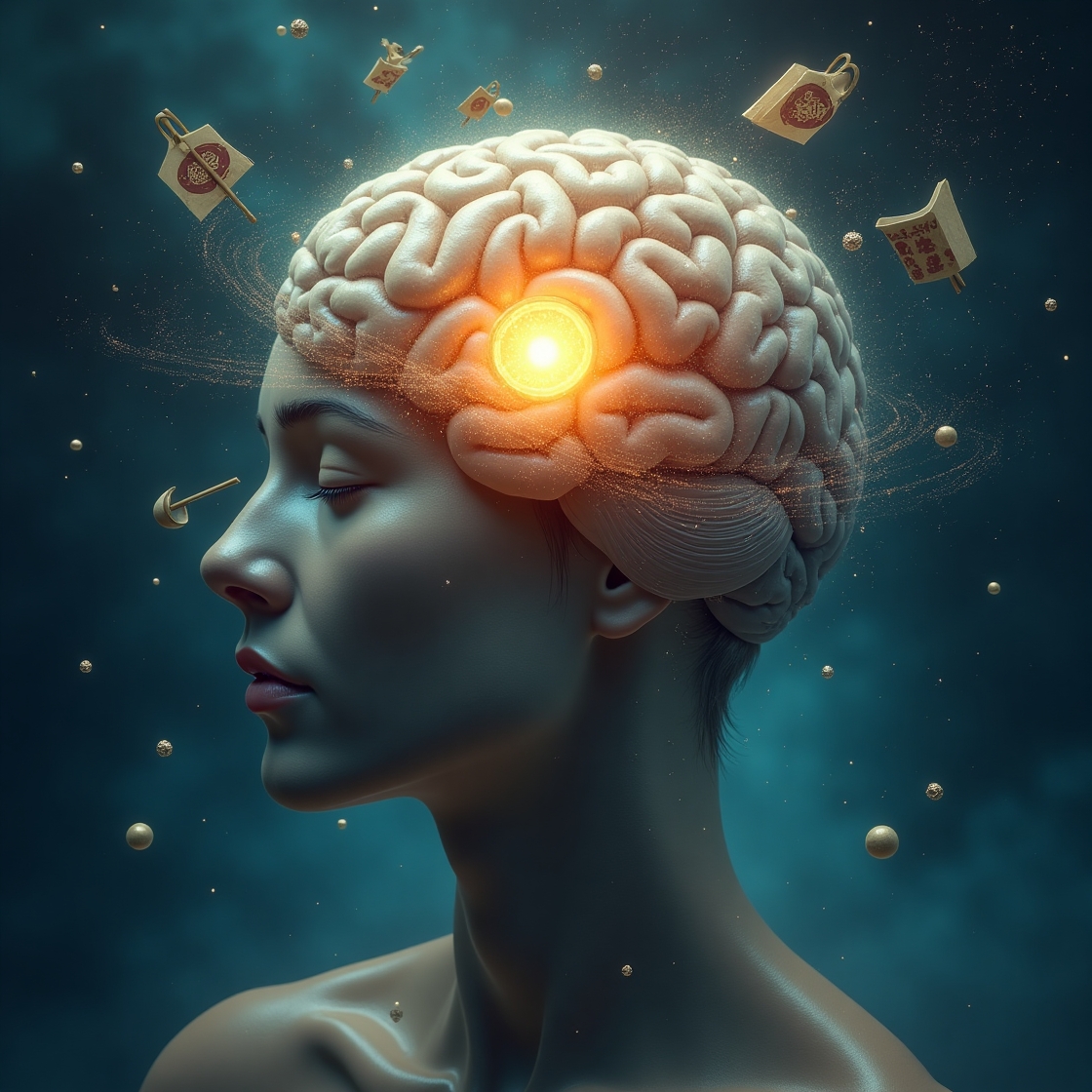
Leave a Reply